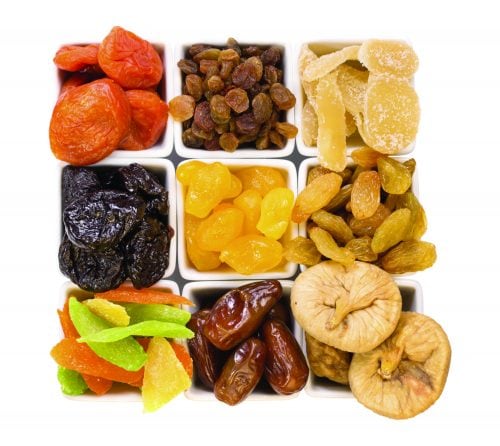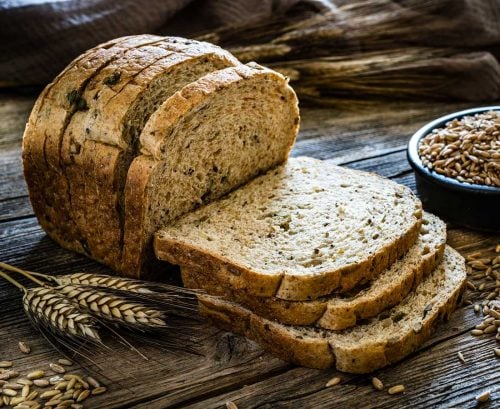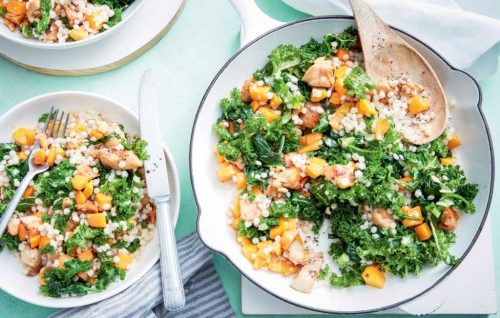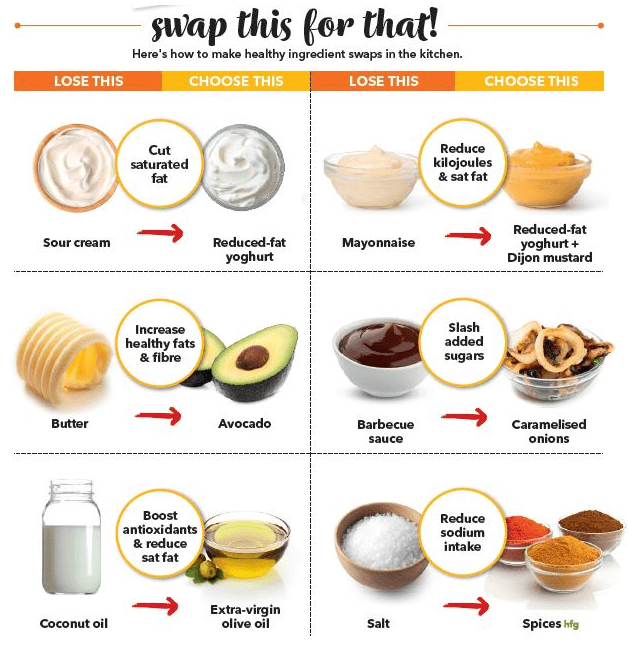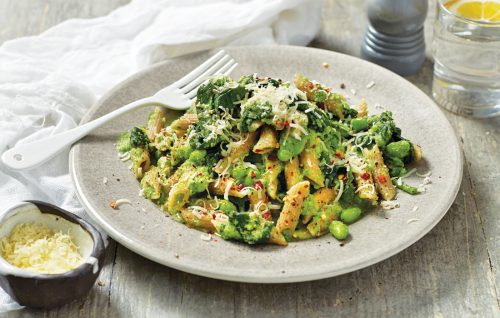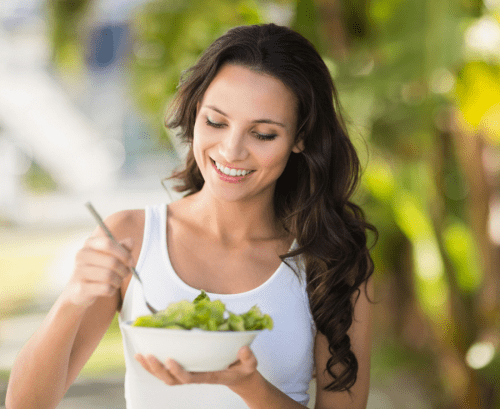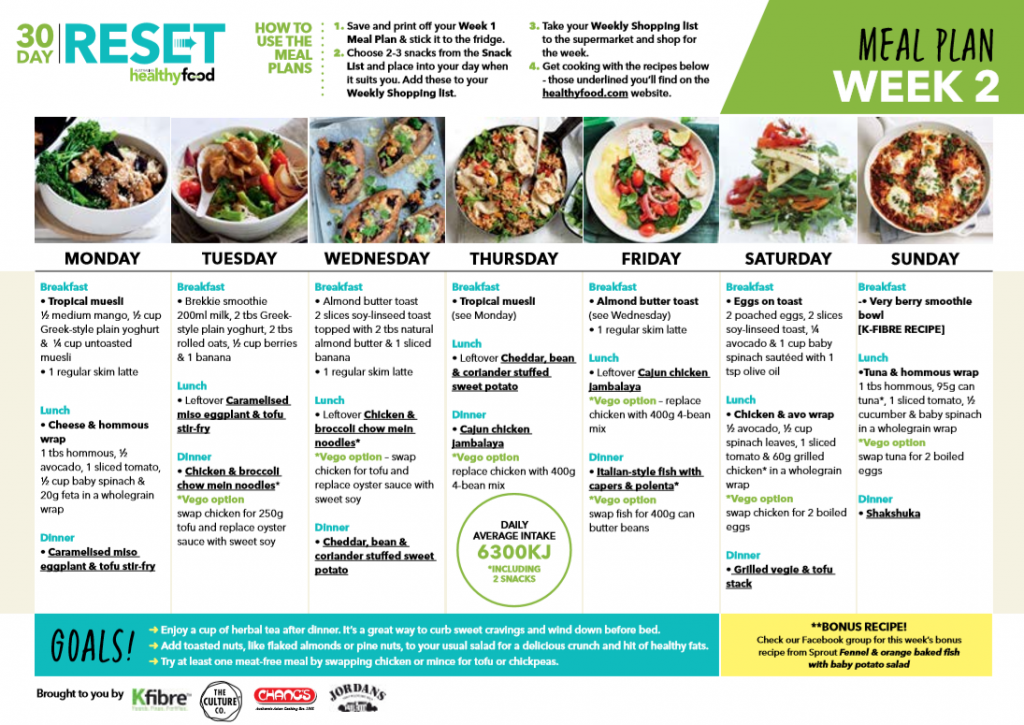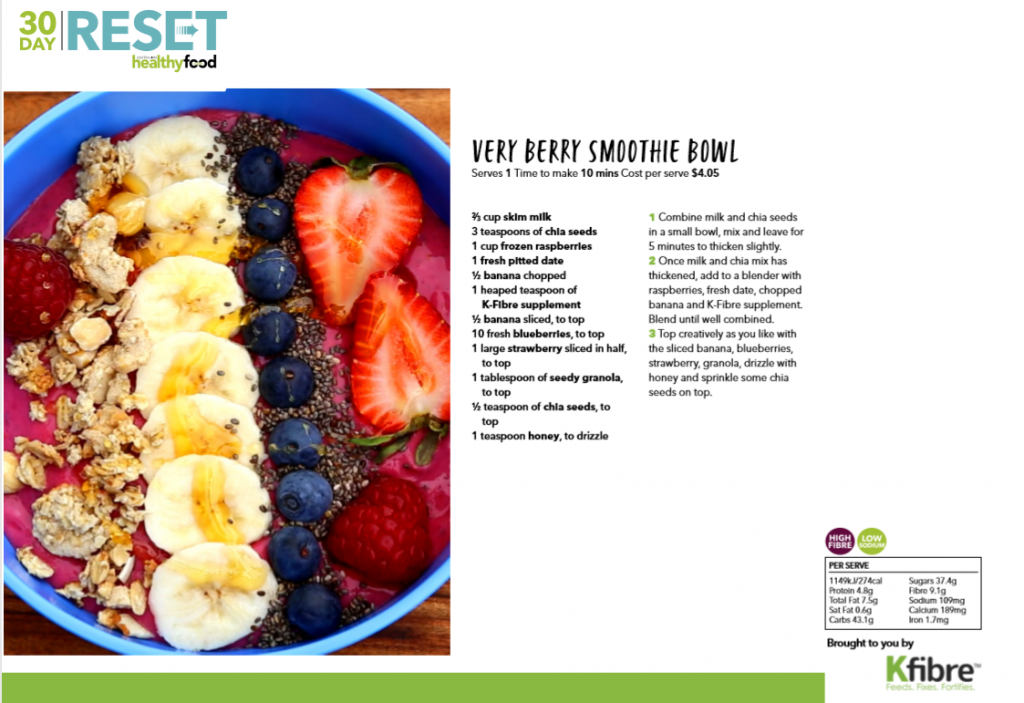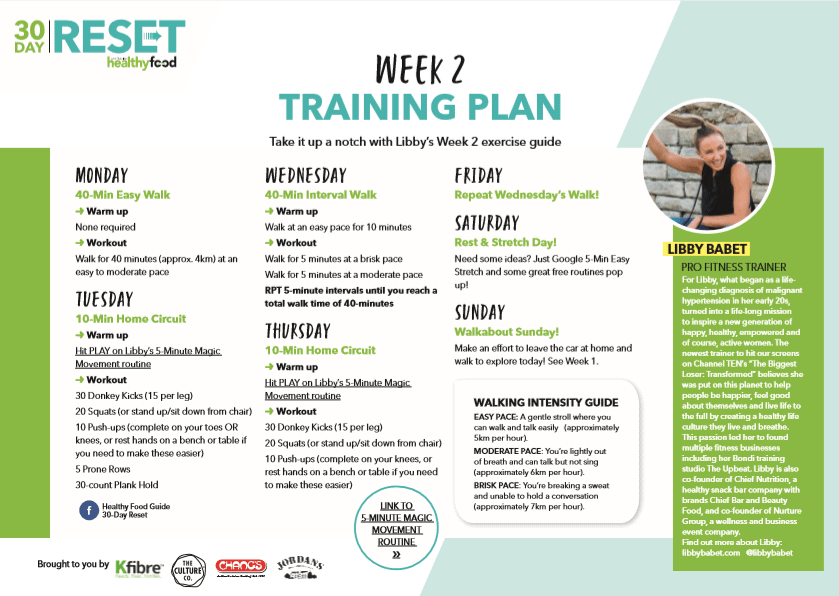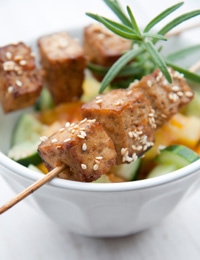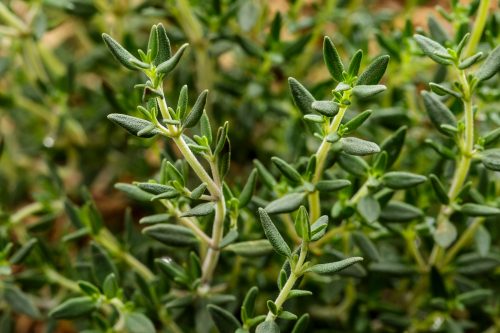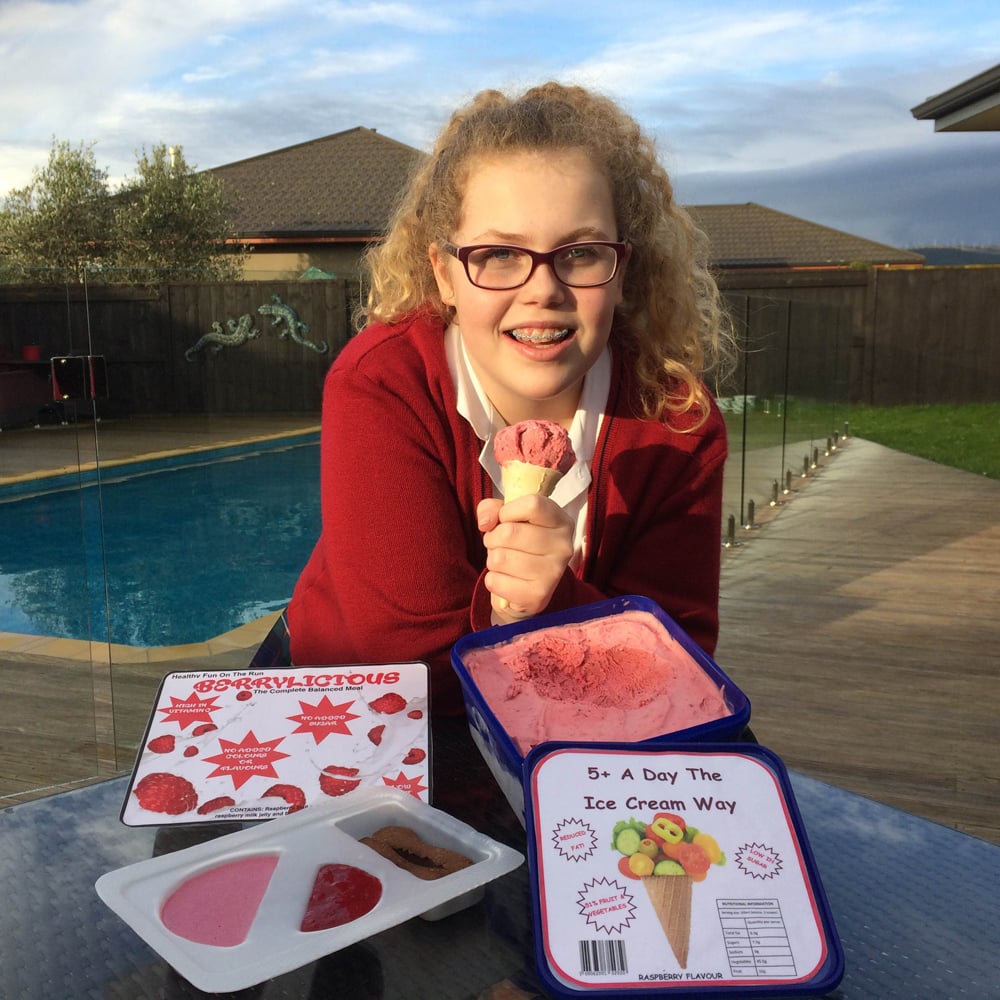With the upcoming election drawing near, HFG editor Niki Bezzant asks the political parties about their policies on obesity and nutrition.
The issues
Obesity
New Zealand is the fourth most obese nation in the OECD. One-and-a-half million Kiwis are overweight, and more than 1.3 million Kiwis are obese.
The causes of this problem are complex. According to the NZ Medical Association’s recent report Tackling Obesity: “Key drivers include the increased availability of cheap, palatable and energy-dense foods, persuasive and pervasive food marketing, and reduced physical activity. This has led to an ‘obesogenic’ environment in which making the healthy choice has become increasingly difficult and expensive.”
Obese people have medical costs 30 per cent higher than those with normal weight. About 4.5 per cent of the total healthcare expenditure in New Zealand ($686 million) can already be attributed to obesity, and that cost can be expected to rise.
Diabetes, cancer and heart disease
Being obese significantly increases our risk of other diseases. The number of Kiwis with diabetes has almost doubled in the past 10 years. If we can’t stop this trend, it has been estimated that by 2021 nearly half a million New Zealanders will have type 2 diabetes, costing the country more than $1 billion a year. And we can’t assume this doesn’t apply to us. The University of Otago found last year that almost one in five of those aged 35-44 and almost 45 per cent of those aged 55-64 had pre-diabetes.
Increases in weight also mean increases in cancer risk. It’s been estimated that excess weight and obesity cause approximately 20 per cent of all cancer cases.
Heart disease is the most common cause of death in our country, accounting for 90,000 years of life lost each year to disability and premature death.
Things that could help
Health experts acknowledge that solving the obesity crisis is not just the responsibility of the Government. But there are some policy suggestions on the table that might help.
Tax on sugar-sweetened beverages
A growing group of experts is lobbying for a 20 per cent tax on sugar-sweetened beverages. There’s some evidence a tax could work: in Mexico, where a 12 per cent tax was recently introduced there has been a seven per cent reduction in sugary drinks consumption in just a few months. A study conducted by Auckland University found the tax could generate up to $40 million in new tax revenue each year, which could be invested in programmes to improve population health. (For more on this issue, see HFG June 2014).
No GST on fruit and vegetables
This is a strategy that some health experts propose as an incentive for people to buy more healthy food.
There is some evidence this could make a small but significant difference to Kiwi households. In 2010 the University of Otago published research showing an 11 per cent increase in purchasing of fruit and vegetables when 12.5 per cent was taken off the price. This equates to about half a kilo more vegetables and fruit per household each week, or about six extra servings.
Food in schools
Although nutrition is taught to some degree at school, it’s often undermined by the fact that the foods available in schools are not as healthy as they could be. In 2009 guidelines for healthy food in schools were scrapped, meaning high salt and sugar junk foods could once again be sold in school canteens.
A report published in The New Zealand Medical Journal in 2010 said: “The healthy food policy had the potential to directly benefit the 56 per cent of children and 62 per cent of adolescents who buy food from school canteens”. While there are currently guidelines for schools on healthier options, these are not mandatory and in many schools poor-quality, sugary and salty foods dominate the tuck shop.
Cooking in schools
Many health experts are concerned that children are growing up without basic culinary skills or food knowledge, which in turn is contributing to obesity. When we don’t know how to cook it is much harder to source and eat a healthy meal. The schools curriculum includes elements of nutrition, food preparation and food technology. However, cooking is not being taught consistently.
There’s evidence that when kids learn basic ‘hands-on’ cooking, they become more interested in food and eat more vegetables. A Massey University evaluation of Garden to Table, a programme in primary schools where children learn to grow and cook food, found: “Since participating in the programme most children indicated their willingness to try new foods. In most schools, children were cooking at home sometimes or often, they were helping to shop for food and were trying out recipes they had made at school.”
Q&A voter’s guide
We asked political parties about their policies on healthy eating and obesity. Here’s what they said.
Q. What does your party plan to do to combat obesity?
National
The Government sees its role as providing information and support for individuals and families regarding healthy eating, and has no intention to introduce more restrictive measures such as sugar taxes, or stricter regulation of advertising. We see our new $40 million anti-obesity initiative, Healthy Families NZ, as a more sophisticated and evidence-based way of addressing obesity and other underlying causes of poor health. Each year, we also invest around $60 million on a range of programmes, including Kiwisport in schools, green prescriptions, and fruit in schools, to encourage healthy eating and exercise for young Kiwis.
Labour
Labour has set eight Health Priorities in our 2014 Health Manifesto. All relate to obesity in some way, but of importance is our priority to prevent and manage diabetes, cancer, cardiovascular disease, stroke and respiratory illness. Obesity is a factor in all of them. Measures will include investing in public health, Healthy Eating Healthy Action programmes restored and rolled out throughout New Zealand, a ban on advertising of unhealthy food to children, front-of-packaging labels, and school tuck shop regulations.
Greens
Government has substantially reduced investment in obesity prevention over the past five years. The Green Party believes it is time for action on the issue of obesity, and we have developed a comprehensive policy programme to achieve this, including a Diabetes Action Plan and a Healthy Heart Action Plan.
Maori
For the short term, we have lobbied for appropriations in government spending towards bariatric surgery. For the long term we are focussed on healthy food options being accessible to all families through fairness in the supermarket industry; supporting families to grow their own gardens and harvest other natural foods; accessible sporting and recreational activities; greater regulation of marketing of food to children; and making it as easy as possible to distinguish healthy from unhealthy food options, through such means as traffic light food labelling.
ACT
Ultimately the answer can only come from the people themselves making better choices. We are each in control of what we put into our bodies and how we exercise. We believe that the only sustainable solution is a society based on personal responsibility, which means a tax, welfare, and regulatory environment that increases freedom and responsibility.
New Zealand First
Preventing obesity needs to become a public health target for the Government before it becomes a huge financial burden for the country. We would implement a national strategy for addressing obesity, diabetes and other major illnesses, incorporating health education initiatives, improved screening programmes and strategies.
Q. What is your position on the taxation of sugar-sweetened beverages?
National
Does not support a tax.
Labour
We have not committed to a tax on sugar-sweetened beverages, but we are prepared to look at measures that are evidence-based and work to reduce the overall consumption of sugar.
Greens
It is Green Party policy to support an additional tax on sugary drinks. We would ring-fence revenue generated from this tax to fund additional health promotion programmes. We will also investigate and, if workable, implement taxes and other disincentive measures for other foods and drinks with high sugar, salt or fat content which have high consumption levels causing obesity.
Maori
Taxation is one front which must be explored in de-normalising the unhealthy relationship we have with sugar and reducing its overall harm.
ACT
To the extent that this tax recovers the costs imposed on the health system created by consuming the drinks, it is okay in principle. The difficulty is that it is actually excess consumption, not just consumption per se, that leads to problems. Taxing consumption might be a compromise, so long as it is not unduly expensive to administer.
New Zealand First
It is worth seriously considering the benefit a taxation could have. If implemented as part of a wider national strategy, the tax revenue should be reinvested to fund obesity and type 2 diabetes prevention.
Q. What is your position on the removal of GST from fresh vegetables and fruit?
National
This would be incredibly complex and wouldn’t target any particular group of people.
Labour
Our Best Start policy puts considerable additional money into the pockets of low-paid New Zealanders. This will be of great benefit for families as only small savings can be made by removing GST.
Greens
The Green Party does not support the removal of GST. The Greens’ preference is to increase the disposable incomes of low income families so they can more readily afford fresh fruit and vegetables. We have policies such as progressively increasing the minimum wage that will achieve this.
Maori
We support the removal of GST from healthy foods such as fresh fruit and vegetables.
ACT
The impact of this does not justify the administrative difficulties it creates. Ultimately it saves only 15 per cent of the cost of vegetables but imposes great costs on businesses supplying food.
New Zealand First
New Zealand First’s policy of accessible fruits and vegetables includes ensuring they are affordable for all families.
Q. What is your position on the reintroduction of healthy eating guidelines to schools?
National
Does not support the reintroduction of healthy eating guidelines in schools. Communities involved in Healthy Families NZ programme may choose to implement this in their own schools.
Labour
Supports school tuck shop regulations and the reintroduction of food and nutrition guidelines for schools. As part of our Food in Schools Programme, Labour will partner with community and voluntary organisations, incorporating the most cost-effective approaches currently operating, to provide free food in every decile one to three primary and intermediate school that needs and wants it.
Greens
The Green Party supports the reinstatement of the healthy food standards in schools. In government, the Green Party will encourage learning by providing nutritious healthy foods and lunches in schools, school tuck shops and vending machines. This will be achieved by removing fizzy drinks, sugary drinks, lollies and chippies from sale on school property, installing filtered water systems in all schools, providing free fruit to all primary schools and early childhood services, and establishing a cross-sector working party to investigate how free healthy breakfasts can best be provided in all primary schools and early childhood centres.
Maori
A National Strategy should inform all food policy, including goals relating to nutrition in schools.
ACT
We strongly believe that schools should have more autonomy about how they teach children. Imposing a one size fits all solution from Wellington may satisfy the needs of policy makers to ‘do something’ but the best solutions, such as Garden to Table, tend to come from the ground up.
New Zealand First
New Zealand First believes health education initiatives are important to curbing our eating habits as part of a wider national health strategy and would consider all possible educational options.
Q. What is your position on introducing nutrition and cooking classes as part of the mandatory school curriculum?
National
Happy with the current system.
Labour
Labour will ensure that best efforts are made to combat our dangerously high levels of obesity through a coordinated range of evidence-based measures, including school-based programmes.
Greens
It is Green Party policy to make teaching of nutrition, basic cooking and gardening skills, and the origins and production of food part of the core curriculum. We also intend to promote the creation of productive organic fruit and vegetable gardens at all primary schools.
Maori
We are in support of primary school-aged children learning nutrition and cooking, as a key life skill, in schools as well as throughout school care and recreation programmes. We are especially supportive of programmes which link nutrition and cooking education to gardening components and other food gathering skills which emphasise the reciprocal relationship between people as caretakers of the environment, and the environment as a source of healthy food options.
Act
Mandatory solutions may be satisfying but can supress better solutions from the people closest to the children, teachers, parents and the community. The New Zealand Curriculum is designed to empower schools, top down approaches would be a step backwards.
New Zealand First
New Zealand First believes health education initiatives are important to curbing our eating habits as part of a wider national health strategy and would consider all possible educational options.
What’s happening overseas?
Australia
- Has no GST on fresh food.
- Shape Up Australia is a government initiative to help Australians reduce their waist measurements and improve their overall health. Includes a weight-loss app and website.
- Healthy Together Victoria is a government programme which aims to improve people’s health. This is the basis for the NZ Government’s pilot Healthy Families NZ programme.
United Kingdom
- As part of the Government’s strategy to tackle obesity, cooking classes are to become a compulsory part of the school curriculum.
- Recently introduced new food standards in schools including more portions of vegetables, an emphasis on wholegrain foods, limiting fruit juice portions, added sugar, battered and fried foods and pastry.
- Has implemented ‘traffic light’ labelling on packaged foods.
Japan
- Has a unique government mandated food and nutrition education programme, Shokuiku, which runs from preschools through to the elderly population.
- Food and nutrition education is of equal importance in schools as intellectual, physical and moral education.
- Schools have nutritionists on staff and treat meal times as opportunities for learning about food.
For more information
Check the parties’ websites for details on their policies:
ACT www.act.org.nz
Green www.greens.org.nz
Internet internet.org.nz
Labour www.labour.org.nz
Maori maoriparty.org
National www.national.org.nz
New Zealand First nzfirst.nz
Make sure you’re registered to vote at enrol.elections.org.nz
